Could a guy on a deserted island get buff? Is that even possible without weights?
Most powerlifters and bodybuilders would argue that ONLY free weights can deliver ultimate muscle mass and strength. Frankly, it’s hard to disagree with that assessment.
However, contrary to that opinion, there are several factors that indicate that muscles can come from body weight movements alone without the need for heavy equipment.
One thing to always remember is that muscles respond to external forces much the same way. Muscles do not know if you’re bench pressing a heavy bar or you’re explosively doing plyo push-ups. The key is to provide a stimulus requiring the muscles to respond and the more muscle fibers (more about those later) you can recruit at once, the better it is for muscle growth.
While attaining a monster 1RM is a remarkable measure of overall strength and muscularity, we must also remember that men hundreds of years ago developed large, powerful muscles without stepping foot into the gym. They did so by living a life of survival. A life that required them to be strong in many different ways in order to hunt, build shelter and defend themselves from animals (or other people).
That’s not to say free weights aren’t awesome and highly encouraged. Bang those plates around gentlemen and spend plenty of time doing compound exercises that work the entire muscular system.
But remember that the body can be its own BEST free weight. And sometimes that kind of resistance training can provide all the stimulus we need to gain muscle mass, burn calories, lose body fat and do so without as much concern for injury and tissue damage.
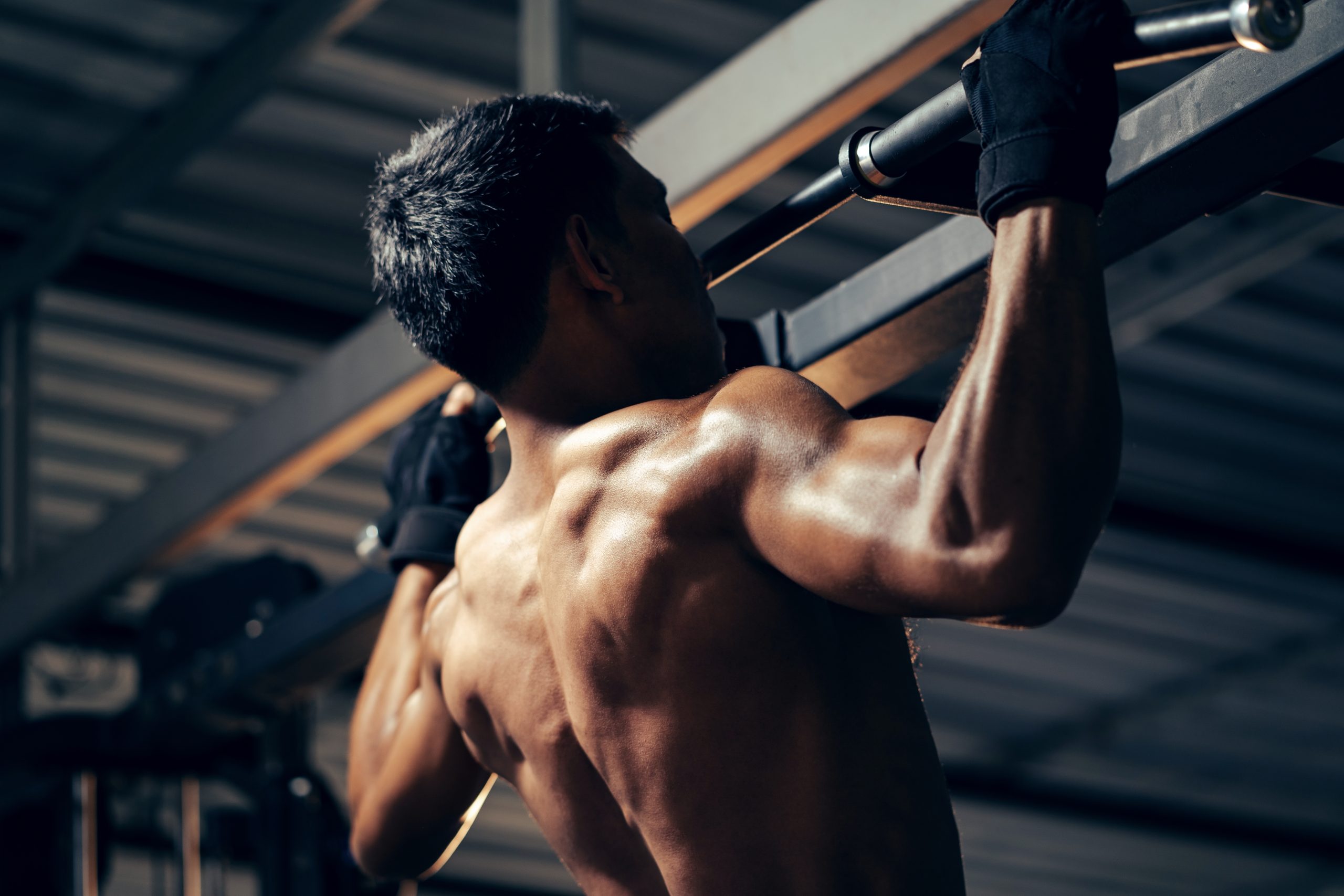
Take for example the Pull-up. It not only works nearly every muscle in the upper body but it provides maximal response due to the nature of the exercise. The body is completely suspended forcing the laws of physics to work their magic against you.
The pull-up can mesmerize people and for that reason, you see plenty of guys NOT doing them. For men who are lean and have a low body weight, they are capable of astonishing things on a pull-up bar. This is precisely why the military uses it as one of their most important measures of strength and conditioning. Even if you’re big and strong, you may only get 3 or 4 reps due to your body weight.
For the guy on the deserted island, doing pull-ups in order to survive may be a daily requirement. By the way, this imaginary island came equipped with many coconut palm trees for him to climb. His need to be not only good but great at climbing and pulling his body up could be a life or death situation. A guy like this would have very large back muscles along with superior strength in his arms and that’s just one exercise.
3 Key Concepts that Make Body Weight Training so Effective
#1 Manipulation of Time under Tension
#2 Speed
#3 Body Position and Placement
Now, there are other variables that can determine the “intensity” and thoroughness of your training but let’s focus on these three common ones.
Key #1: Time under Tension or (TUT)
Time under Tension or (TUT) is simply the amount of time you load your muscles during an exercise. A body weight squat can take 3 seconds to complete or 10 seconds depending on how slowly you perform a repetition.
Something as simple as pausing at the bottom of the exercise for 5 seconds can make a set of 10 reps significantly harder and much more effective. This principle can be implemented in so many capacities and there are so many examples that could be mentioned to demonstrate how valuable a tool this is but for now we will stick to the squat example.
Key #2: Speed
The Speed in which we perform our body weight exercises also determines quite a bit about our body’s response to the exercise. When we do a push-up slow and controlled, we recruit a certain amount of muscle tissue (fibers) to help us move through the exercise. However, if we go from doing a standard push-up to something a bit more explosive like a clap push-up, the response is different.

The clap push-up is one of many variations of the household gem that has measured a man’s strength for generations. When performing a clap push-up, the body must accelerate and decelerate along with providing enough explosive force to lift the body high enough to allow for the hands to come together and then go back into the original push-up position. Because of that additional element, we have forced ourselves to do the exercise faster which recruited more muscle fibers to get the job done.
The stimulus or message to the muscles was so strong and so intense that the body reacted with greater force to get the job done.
It’s no different than if you had to build a house in 3 months or in 3 weeks. The ONLY thing that would change would be the number of people helping to complete the task. A group of 10 men with the right skill level may be able to complete a home in 3 months-time whereas a workforce of 30 men may be able to complete the same task in only 3 weeks. You RECRUITED more people to get the job done faster.
The body is no different and this concept goes for any exercise done faster and more explosively. The element of speed is a very powerful strength tool.
Key #3: Body Position and Placement
Lastly, Body Position and Placement can also provide effective ways of building muscle and strength. Let’s look at the basic crunch exercise for the abdominals as one example. The standard crunching motion is simply flexing the spine and demanding the abdominal wall to contract raising the upper body (shoulder blades) off the floor.
Taking that same exercise and adding in a twist as you near the top of the movement can make a basic exercise more challenging. Why? Because you’ve added a dimension of rotation which requires more muscle to be stimulated which equals more work for the body. This goes back to muscle recruitment.
The more muscle we recruit at one time, the more effective and powerful we become. This also helps to fatigue our bodies faster which often times is the intended goal with a workout program.
Here is one more example to help with the placement element. When doing a plank exercise in a prone position with arms extended (like the start of a push-up) we must fire several muscle groups to maintain good posture. The level of muscle contraction for this would be considered low to medium for such an exercise. But, if you removed one point of contact with the floor, the level of intensity would drastically increase causing the body to respond differently.
With the right arm now extended straight out overhead (as if to shake hands with someone) you have now forced the legs, abs, planted arm, chest, back and shoulder muscles to work a lot harder. The once easy to hold 4-point plank has now become a 3-point plank causing the muscles to react with stronger, tighter contractions and the overall workload to improve considerably.
Implementing more body weight training into your workout program can pay off and be a well-deserved break from all of that free weight training. By manipulating the 3 variables mentioned, you can go from having a light high rep therapeutic workout to something far more intense demanding the body to work significantly harder. The choice is yours.

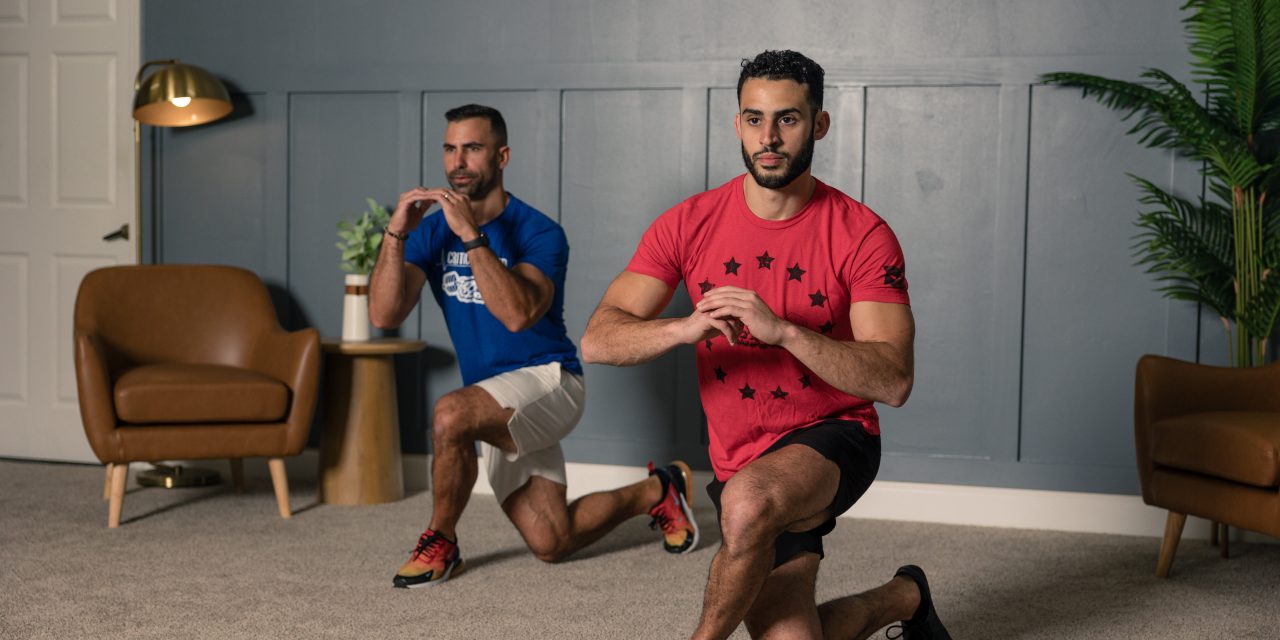
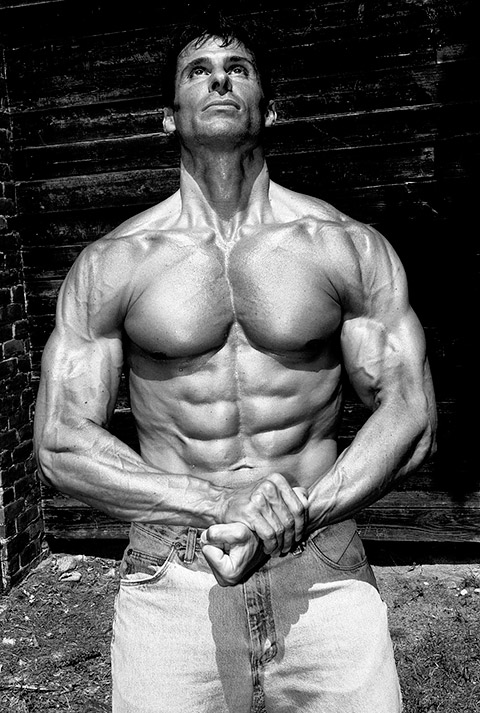
![[For MEN Only] REAL Answers about Muscle, Strength & Nutrition](https://www.criticalbench.com/wp-content/uploads/2014/08/strength-muscle-nutrition-440x264.png)
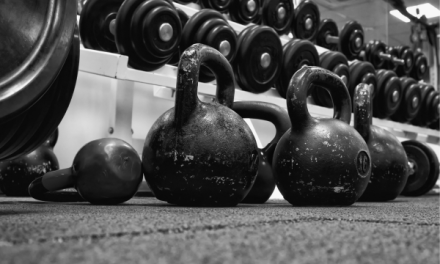





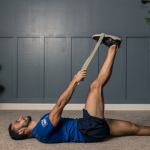




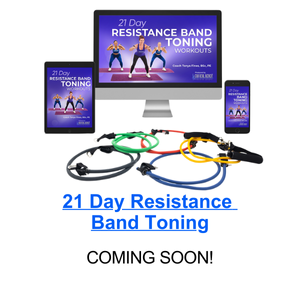





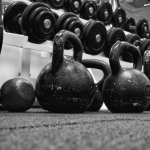

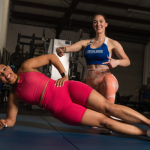
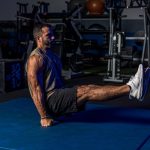
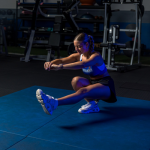



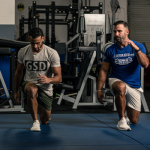

Body building just doesn’t ‘happen’ after endless hours of hard work during a
workout session, although that is surely necessary.
These calories must be replaced for your body to operate normally, especially if the process of muscle toning and building could be achieved
without complications. Still it is very important to find out how the
using these items is not actually necessary, particularly if it comes to building and toning our
bodies muscles.
Thank you for sharing!